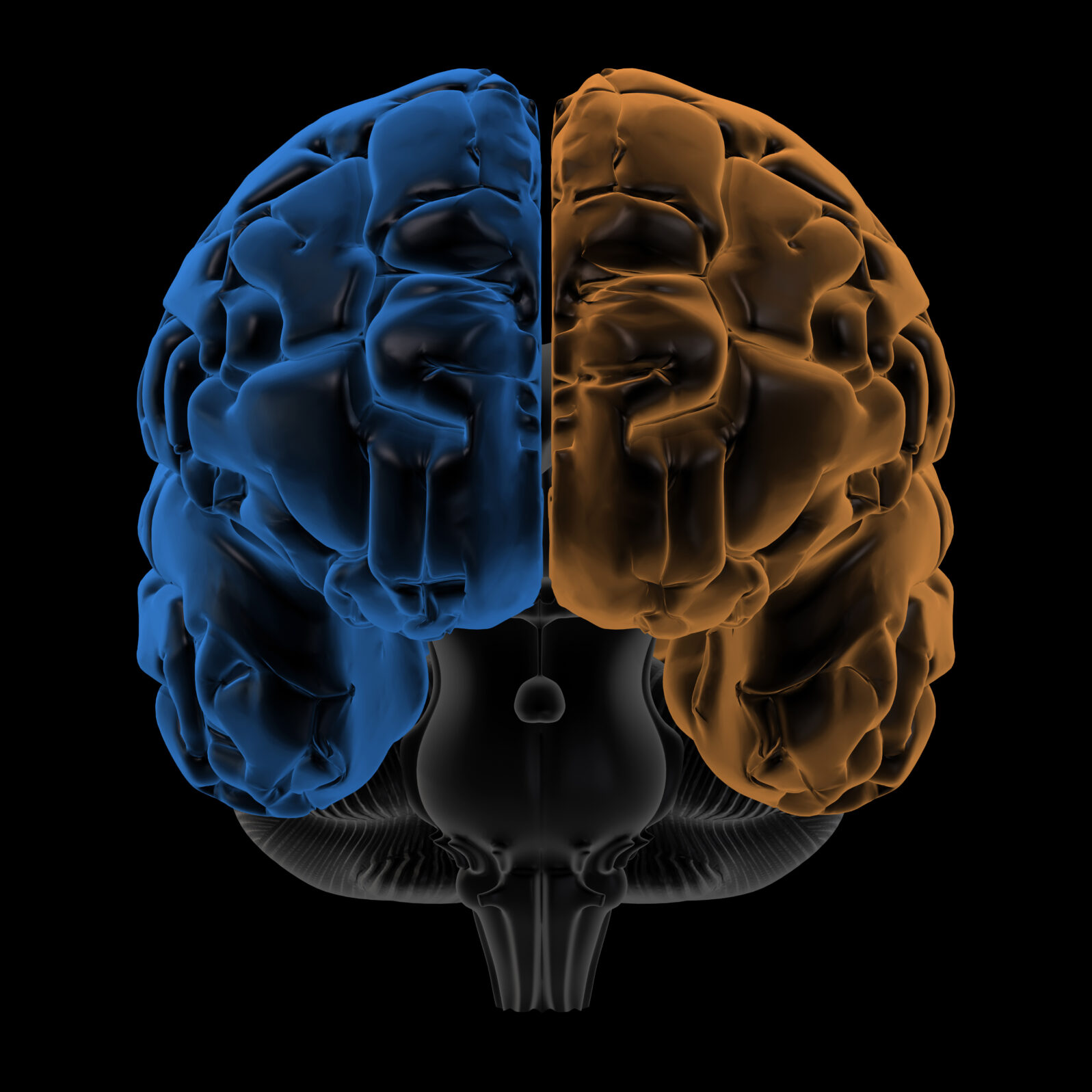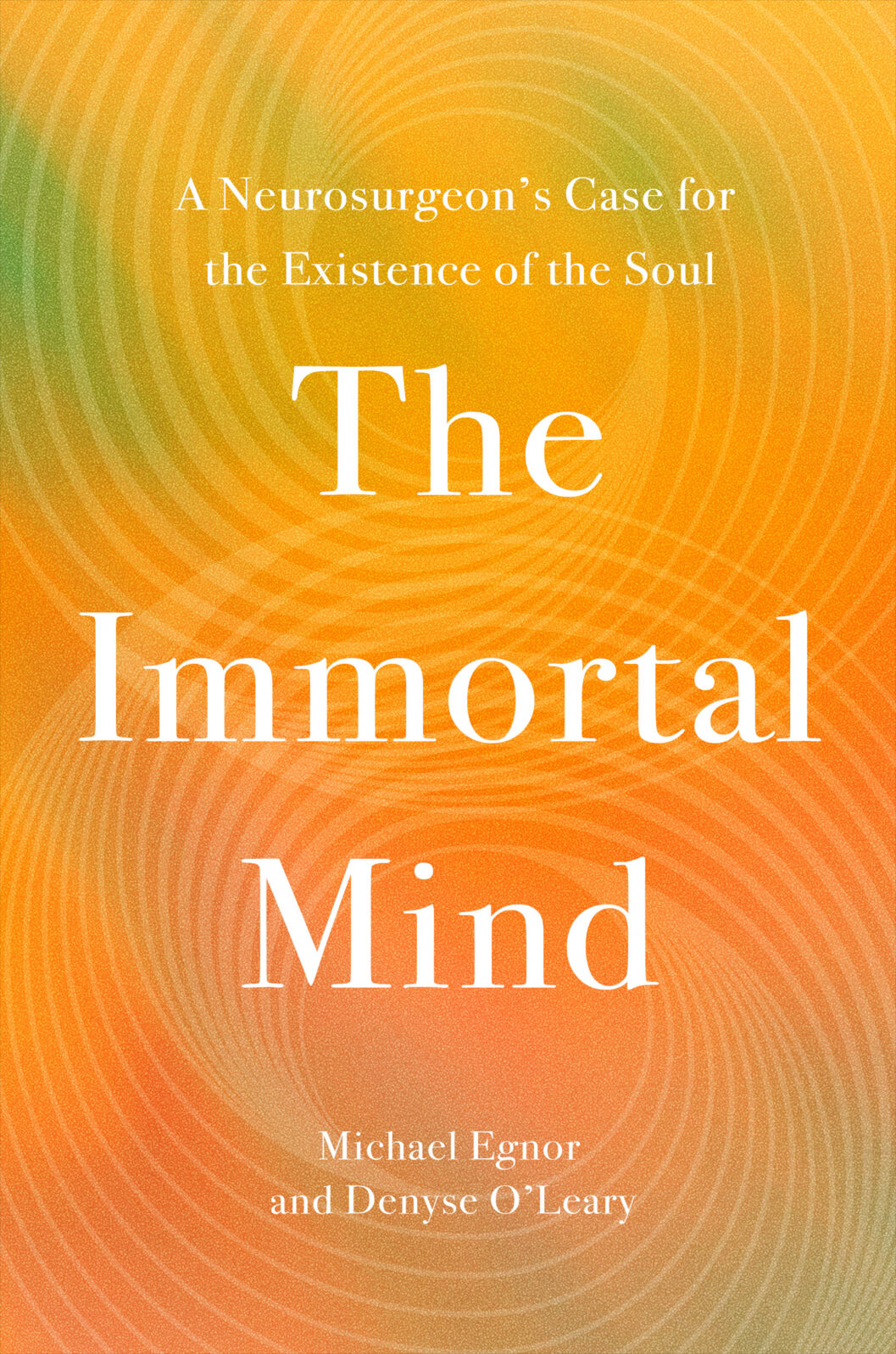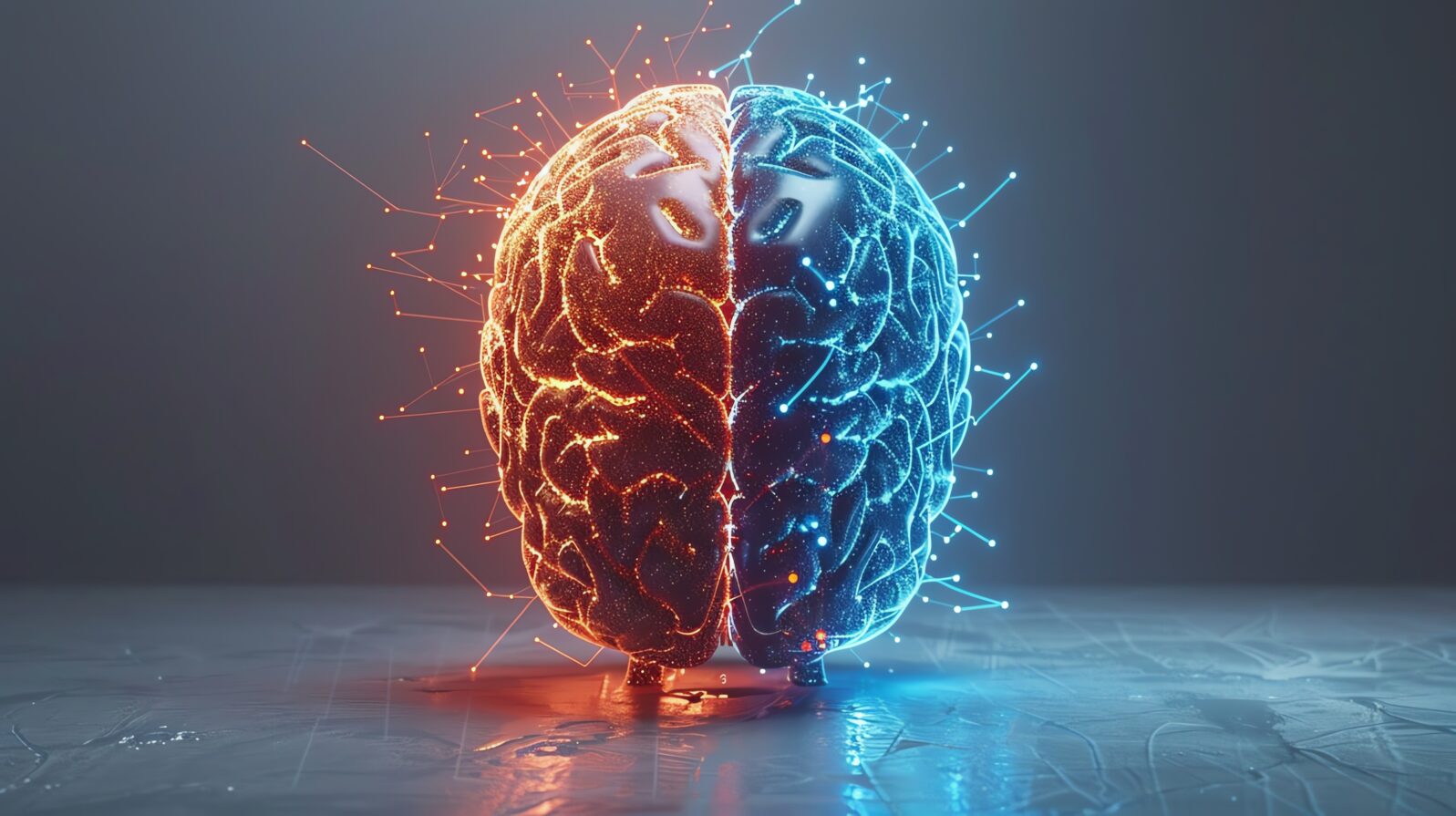What Did Splitting Human Brains in Half Tell Us About the Mind?
How did split brain study subjects compare things when no part of their brains saw both things?In his discussion with Pat Flynn, neurosurgeon Michael Egnor talked about the way that split brain surgery — splitting the human brain in half as a defense against intractable epilepsy — is an example of the things that do not confirm materialism, as it might have been expected to do. The first two excerpts from the interview, with notes, are here and here.
Here are some selections from the transcript, where Dr. Egnor, Professor of Neurosurgery and Pediatrics at Stony Brook University in New York State, offers examples from the neuroscience literature of split-brain patients seeing with a whole mind:
Why do neurosurgeons split brains?
Split-brain surgery, which gives even Dr. Egnor, who has done it, “the chills,” is a radical effort to control epileptic seizures that jump through the corpus callosum — the huge bundle of nerve fibres that connects the two halves of the brain. By the 1940s, surgeons realized that if they just cut the bundle, severing the connection, the seizure was confined to one side. That cut down on life-destroying seizures. But was the patient then living with two brains that mirror each other but can’t communicate?
Neuroscience pioneer Roger Sperry (1913–1994) won a Nobel Prize for his clever experiments on split-brain subjects, showing what they could and couldn’t do. But, Egnor notes, the big story is the one that receives very little emphasis: “You could cut the brain in half and practically nothing happens.”
That is, split-brain subjects needed to move their heads in order to associate, say, the word “apple” with an apple because the word and the recognition are governed by opposite brain areas. On the other hand, he found nothing like split consciousness or two separate personalities. A simple adjustment was all that was needed:
Egnor: The only thing that happens takes Nobel laureate level research to detect! The analogy I’ve used for that is, imagine you’ve bought this neat new computer and you take a chainsaw and you cut the computer in half with a chainsaw, and it still works just fine. There’s nothing wrong with it. That’s a pretty odd computer. And it would imply that there’s something about that computer that you don’t quite understand yet.
McGill University neuroscience researcher Justine Sergent (1950–1994) picked up on this in the 1980s and decided to focus on it:
Egnor: … there are ways that you could present a picture, like an image to the right hemisphere and a picture, an image to the left hemisphere. And if you’re a split brain patient, these hemispheres can’t talk to one another. They don’t communicate.
So she would present, for example, an arrow pointing up to the right hemisphere, and an arrow pointing sideways to the left hemisphere. She would ask the person who had had the split brain surgery, are the arrows pointing in the same direction or different directions?
And the split brain patients almost always got it right. They almost always could tell, they could compare something that the right hemisphere sees with something that the left hemisphere sees.
The problem is that there was no part of their brains that saw both things. And so how did they know? How do you compare things when no part of your brain sees both things?

But Sergent was careful not to stop there
She, and others, asked whether tiny pathways might enable messages to get around the corpus callosum, enabling the two hemispheres to communicate.
Egnor: We know the length of time it takes for the nerve impulse to travel through those short circuit areas. And it’s measurable, hundreds of milliseconds. It’s not instantaneous.
She looked at response times of people, and that effect never showed up. That is, there was no evidence that anything was kind of cheating, going on inside.
And furthermore, certain perceptual things were definitely split. For example, the right hemisphere usually doesn’t have language. So if you present a word to the right hemisphere, the left hemisphere is where language comes from. In split-brain patients they know what the word means but they can’t say it. So that still worked.
But there was a part of the person’s mind that could compare two images that no part of the brain could see.
The mind connects stories when each side of the split brain sees only one half
After Sergent’s untimely death, apparently at the hands of an academic mob, Dutch neuroscientist Yair Pinto continued to investigate the apparently non-material communication channel.
Egnor: And he’s replicated a lot of what Sergent did, and he’s gone a little further. He will pick a story in pictures and he’ll present one part of the story to one hemisphere, the other part of the story to the other hemisphere. But the story only makes sense if you understand both.
So, an example: You present to the right hemisphere a picture of a broken window, and to the left hemisphere a picture of a baseball, and you ask the split-brain patient, what does this story tell me?
Most split-brain patients will get it right, they’ll say the baseball broke the window. But no part of their brain sees both the baseball and the window. So how can they put the story together?
Pinto said we’ve misunderstood the split-brain phenomenon in the past, thinking of it as like two separate people. It’s not two separate people. He said that consciousness is united although perception can be divided. There’s still something that’s united in the human being despite splitting the brain in half.
Research of this sort is an unacknowledged problem for materialism, Egnor notes: “Now, it may very well be that in the future, new evidence will come out that gives materialism a way out of this. But right now there is no way out of it, that is that materialism is disproven simply by this research.”

Dr. Egnor and Denyse O’Leary are the authors of The Immortal Mind: A Neurosurgeon’s Case for the Existence of the Soul (Hachette Worthy, June 3, 2025).
Next: The neuroscience evidence for free will
Here are the two previous excerpts from the transcript, with notes:
Is materialism slowly losing its death grip on science? If it is, neuroscience discoveries will play a key role, neurosurgeon Michael Egnor tells podcaster Pat Flynn, in a recent podcast interview. Materialism is a totalistic claim. If the human mind is not simply the physical processes of the brain, with no remainder, then materialism is disproven.
and
What brain surgery for epilepsy taught us about the human mind. Michael Egnor continues his discussion with Pat Flynn, noting that neither seizures nor Penfield’s brain stimulation provoked abstract thought. The claim that we will find a materialist explanation some day, no date specified, means that we never reckon with failure to do so.
